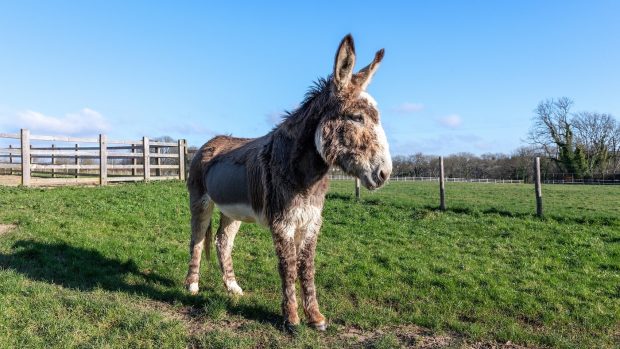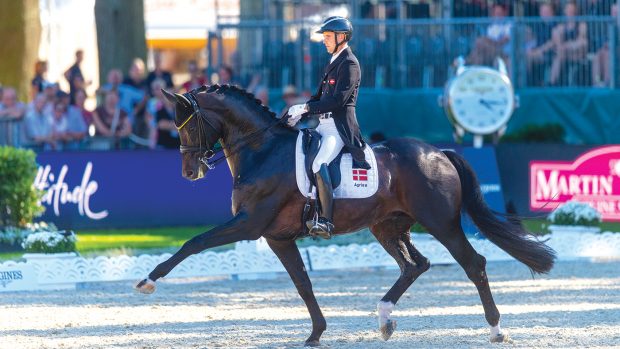Colic is the number one killer of horses and a major cause of pain and suffering. However, it is now increasingly common for horses with the most serious types of colic to undergo surgical treatment, which means that fewer horses are dying or have to be destroyed because of the condition.
This change is due largely to advances in equine surgery and anaesthesia, making colic surgery in horses more successful, and to the increasing uptake of horse insurance making it affordable.
Survival studies undertaken at North Carolina State University and at Leahurst, University of Liverpool, were reported on at the 2004 BEVA congress. The good news is that in recent years, post-operative survival following colic surgery has been 75-80% of all cases surviving to discharge from the hospital.
Some colic types, particularly those that are not associated with dead intestine, carry an even better prognosis, with more than 90% of horses surviving to discharge from the hospital.
It is the responsibility of vets regularly undertaking all types of surgery to monitor their success rate. By doing this in a scientific manner, areas for improvement can be identified and future patients will stand an even better chance of making a full recovery.
All surgeons are aware of colic patients that seem to be making a good recovery, only to suffer another serious episode of colic soon after they return home to their owners.
The colic survival study at Liverpool, funded by the Home of Rest for Horses and Petplan Charitable Trust, has been following carefully the post-operative progress of all horses for years after discharge from the hospital. This study has demonstrated that the long-term survival of all horses undergoing colic surgery is heavily influenced by the degree of endotoxaemia present at the time of surgery.
Endotoxin is a potent stimulator of inflammation that is released from the intestine into the horse’s circulation if the gut wall is starved of oxygen. The longer a horse has dead gut present, the more endotoxin is absorbed and the “sicker” the horse becomes.
Vets measure heart rate, look at the colour of a horse’s gums and perform blood tests in order to assess the degree of endotoxaemia. The strong message from all studies of post-operative survival is the sooner horses undergo surgery for colic, the better their chances of both short-term and long-term recovery.
There was also some good news for older horses. Those in their early 20s are as likely to survive colic surgery as horses much younger. Beyond 22-24 years old, horses are more likely to be carrying existing diseases and to be in weaker physical condition, thus reducing their ability to cope with recovery from major surgery. Horses in their mid to late twenties also have a much shorter life expectancy following colic surgery, which may influence an owner’s decision about whether to proceed.
Horse & Hound 7 October 2004




